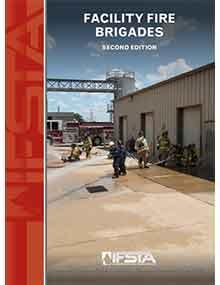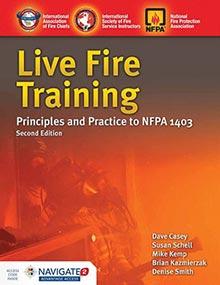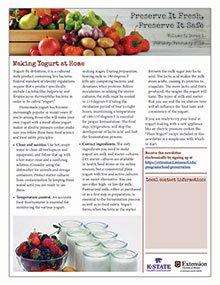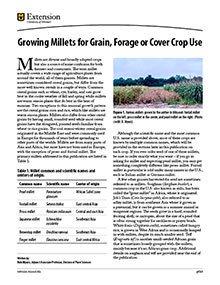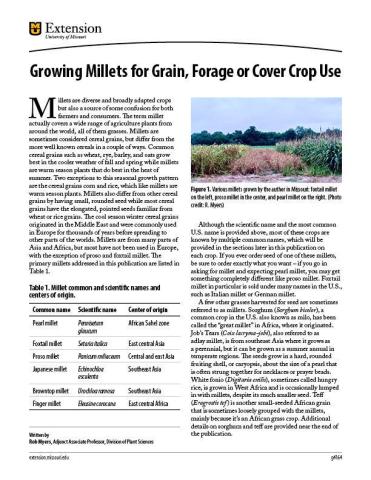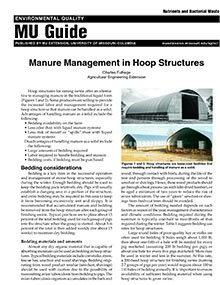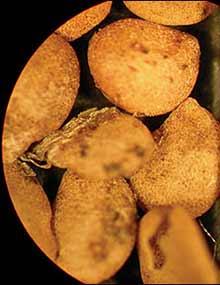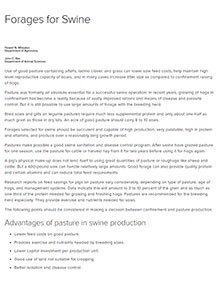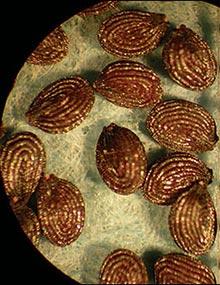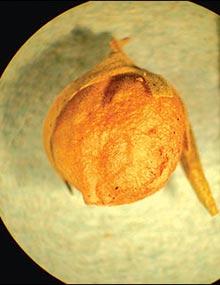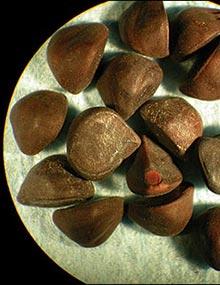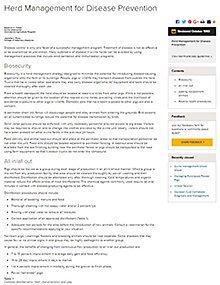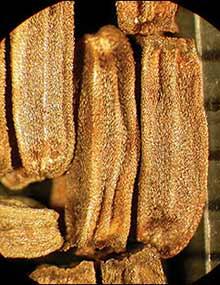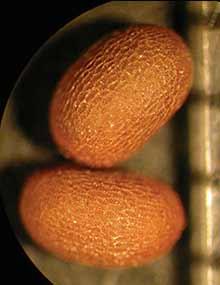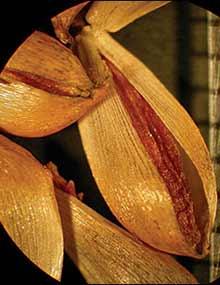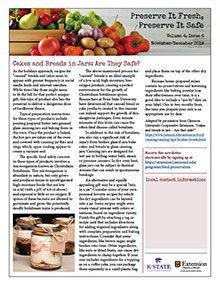Facility Fire Brigades, Second Edition Manual
New $75 to $89
The manual assists management and safety professionals in commercial and industrial occupancies with compliance to applicable laws and regulations regarding training and management of fire brigades. Trainees and instructors will find benefit in using the 144 skill sheets to meet the JPRs specified by NFPA 600, Standard on Facility Fire Brigades, (2015) and OSHA regulations in Title 29 of the Code of Federal Regulations, Part 1910.
Live Fire Training Principles and Practice, Second Edition Manual
New $110
This manual provides a definitive guide on how to ensure safe and realistic live fire training for both students and instructors. It addresses all the requirements for NFPA 1403, Standard on Live Fire Training Evolutions, 2018 Edition.
Pesticide Applicator Training Manuals: Ordering Information
Revised
Missouri commercial pesticide applicators, order your pesticide applicator training manuals here to enhance your training and study for certification exams. Stay up-to-date on environmentally sound uses of pesticides.
Fire Service Hydraulics and Water Supply, Third Edition Curriculum
New $130
This curriculum equips instructors with valuable resources that are easy to customize and are up to date on all the latest practices in fire service hydraulics and water supply.
Manure Management in Hoop Structures
Reviewed
Hoop structures for raising swine offer an alternative to managing manure in the traditional liquid form. Some producers are willing to provide the increased labor and management required for a hoop structure so that manure can be handled as a solid. Advantages of handling manure as a solid include the following:
Missouri Weed Seeds, Page 45
Reviewed
Some of the state’s most prevalent weed problems are caused by members of Solanaceae (Nightshade family), such as various species of nightshade. Other members are commonly cultivated, such as tomato, pepper, potato and eggplant.
Forages for Swine
Reviewed
It is still possible to use large amounts of forage with the breeding herd. Visit our site to learn about using Forages for Swine.
Missouri Weed Seeds, Page 13
Reviewed
Brassicaceae (Mustard family) is one of the larger groups of plants in the state. Several plants within this family, such as yellow rocket and wild mustard, are common throughout Missouri.
Missouri Weed Seeds, Page 48
Reviewed
Several species of Vitaceae (Grape family) are commercially valuable to the state’s economy. Virginia creeper is one of the most common vining weeds encountered in undisturbed habitats.
Funding Incentives for Agroforestry in Missouri
Reviewed
Find government and private funding programs to finance practices such as alley cropping, windbreaks, riparian buffers, silvopasture and forest farming.
Missouri Weed Seeds, Page 16
Reviewed
Caprifoliaceae (Honeysuckle family) includes several species of honeysuckle, viburnum and elderberry.
Missouri Weed Seeds, Page 19
Reviewed
Most of the members of Convolvulaceae (Morningglory family) are vining plants, including several common species of morningglories, bindweeds and the parasitic group of plants, dodders.
Missouri Weed Seeds, Page 22
Reviewed
The only two members of Dipsacaceae (Teasel family) that are known to occur in Missouri are cutleaf and common teasel.
Optimizing Fertilizer Value of Manure from Slurry Hog Finishing Operations
Reviewed
See recommendations for applying manure on corn, soybeans or fescue. Learn how to maximize slurry manure’s value and assess its storage and application costs.
Missouri Weed Seeds, Page 25
Reviewed
The majority of Geraniaceae (Geranium family) plants present in Missouri are geraniums. There are at least five species known to occur in the state.
Missouri Weed Seeds, Page 28
Reviewed
Besides being considered weedy plants, several members of Liliaceae (Lily family) are commonly cultivated. Such members include asparagus, yucca and many cultivars of daylilies.
Weed Identification and Herbicide Injury Guide for Corn and Soybean
Reviewed $37
Weeds can significantly reduce corn and soybean yields. View photos of 141 weed species at different stages of development and learn to identify them in this publication. Also see photos and descriptions of symptoms for herbicide-injured plants.
Missouri Weed Seeds, Page 31
Reviewed
Although there are about 75 genera of Menispermaceae (Moonseed famiy), Missouri has only three known genera.
Preserve It Fresh, Preserve It Safe: 2018, No. 6 (November/December)
New
Tips for stress-free holiday food-prep and gifting: Gift dry cake and bread mixes layered in jars. Label home canned food gifts for safety. Prepare and freeze foods for dinner ahead of time. Learn more in this University of Missouri Extension newsletter.
